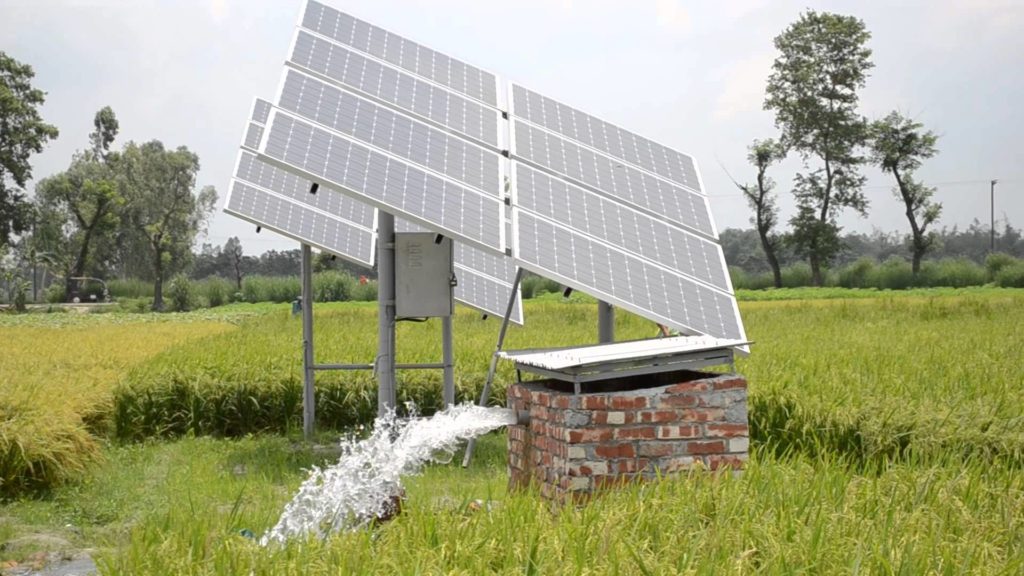The majority of the population of India’s primary source of income is Agriculture. It covers livelihood of almost 50% of the Indian people and also contributes 18% to the country’s GDP. Yet, rural India is practising agriculture through the traditional methods since the 2000s which is affecting the environment and not creating similar output. Issues like lack of electricity and clean water, etc. are still present in parts of rural India. Last decade did focus on increasing utilization of renewable energy and one of the primary sources that came out was Solar Energy. When solar energy was introduced in the agriculture eco-system, it presented us with the possibility of Solar Water Pumping. The system that used electricity and diesel to pump out water from ground soils can be used to capture energy from the sun.
How Solar Water Pumping is revolutionalizing agriculture eco-system in India
Here is how solar water pumping is revolutionalizing agriculture ecosystem in India:
· Decreases impact on the environment
· Expands the horizon of farming to increase ways of income for farmers.
· Boost India’s mission of 100GW – Solar by 2022 mission.
· Reducing the usage of subsidized electricity in the entire agricultural sector.
· Utilizing Solar Power in water irrigation, making the process sustainable and profitable in the long term.
Solar water pumping uses energy from the sun which decreases the cost as well as the entire effort of transforming energy to generate electricity. It also utilizes many tools, manpower, etc. Hence the decrease in impact on Environment happens by shifting the source of energy by taking it directly from the sun. It also reduces the need for petrol/diesel and electricity.
There are still parts of rural India that have an issue with electricity and water shortage. Many villages use groundwater by using electric pumps and having electricity is a huge issue for parts of rural India. They are forced to run the pump through diesel engines. That is not only risky but also harmful to the environment as well as the region. Solar Water Pumps use sunlight and a more simplified tool in extracting water which is water irrigation process. It makes the entire process more sustainable. The adaptation of solar panels, models for pumping might seem costly while establishing the base yet it is proven globally that for the long term it is a profitable and economically feasible approach.
These facts point out that this technology saves finances, opens more opportunities and helps our significant agriculture industry with innovation.

Looking ahead: What does this technology offer beyond sustainability? Another vital problem that our agriculture eco-system facing is about the divergence of water resources and its management along with lack of clean water. Its been a few years for solar water pumping to be launched in India yet, many traditional areas of India aren’t getting used to the new innovation. To maximize the impact of the same and also to work on various water resources management and clean water supply, the Government of India had launched a new department called“Jal Shakti Ministry”. The ministry’s only focus is on the work related to water resources management and clean water. Jal Shakti Ministry aims at working on a number of issues related to water resources in the country such as water resources related to agricultural eco-system and also services/work related to clean drinking water.
Credit:https://www.brightsolar.in/blog/how-solar-water-pumping-can-revolutionalize-agriculture-in-india/
